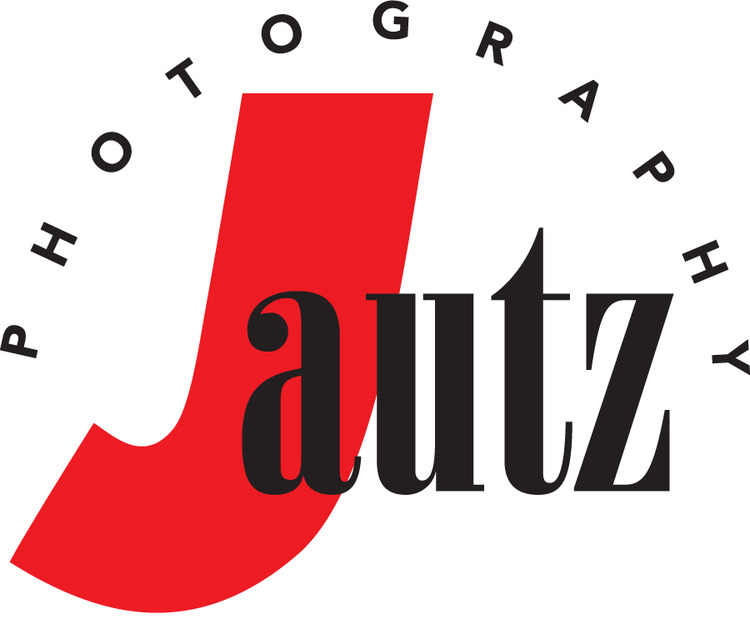To most people, a snapshot, headshot or portrait are all pretty much the same, but to a portrait photographer, there is a vast difference; understanding that difference is critical to getting the best image for its intended use. I've written before about how we all need a good headshot, but depending on your needs, you may actually need more, or less, than a good headshot. Let me explain. In some way we are all promoting ourselves, in fact, we are each our own "Brand" and we are constantly promoting our Brand. Whether looking for a new friend, new job, or new customers, we need to be promoting ourselves, our Brand. Make no mistake, even the profile picture you post on Facebook is a way of communicating your Brand and for many people, a simple snapshot picture will suffice for this use. An example of a corporate use for a snapshot would be from a shoot I worked on a few years ago where, for security purposes, 3,000 attendees of a corporate conference needed to be photographed for security badges. We had a team of 5 photographers tethered to workstations that spit out badges; each person stood in a pre-marked spot in one of five sets and had one snapshot photo taken--it was like herding cattle through a gate in order to get everyone cleared and secure to enter the meeting hall.
Headshots are another level up the ladder of people photography. Most often associated with actors, whose headshot is in front of some random casting director for 3 seconds and needs to capture their attention immediately, headshots are also necessary in the corporate world where they are used for any number of purposes. In the past, business headshots were kept as "file photos" for PR use or to accompany bios for speaking engagements. Today, headshots are a must for corporate web use and for social media. Because corporations are so Brand-conscious, it's wise to create a Brand strategy for producing corporate headshots, even for simple uses like LinkedIn. I believe it's wise for any Brand-conscious person to think seriously about the type and quality of headshots they have out in public. Where snapshots are snapping a quick picture, headshots take a bit more time and effort, making sure the light is appropriate for each person while staying within the bounds of the Brand look. The limitations of headshots are that they reveal little more than the façade of a person; the serious look of a lawyer, the confidence of a physician, the friendliness of a salesperson, the headshot is where you show the world what you want them to see.
A portrait, on the other hand, is much more revealing and strives to break through the façade to capture who a person really is, often telling a complete story in a single frame. Portraits are much more involved, sometimes requiring research into the person, precisely crafted lighting and time to get the subject comfortable, relaxed and real. A true portrait is not necessarily flattering but, when done well, can be powerful. In my work, I've identified a hybrid type of portrait called the corporate portrait. This hybrid combines a simple headshot with a classic portrait and is most often created for the CEO and Executive Team. The same care is taken in crafting the image and lighting the scene, the only difference is you rarely pierce the façade of what the executive wants to show the world on behalf of and representing the company.
A series of headshots created for a Wall Street firm for use as LinkedIn profile pictures.
A good example of a "Corporate Portrait", a Wall Street executive photographed for a marketing brochure.


